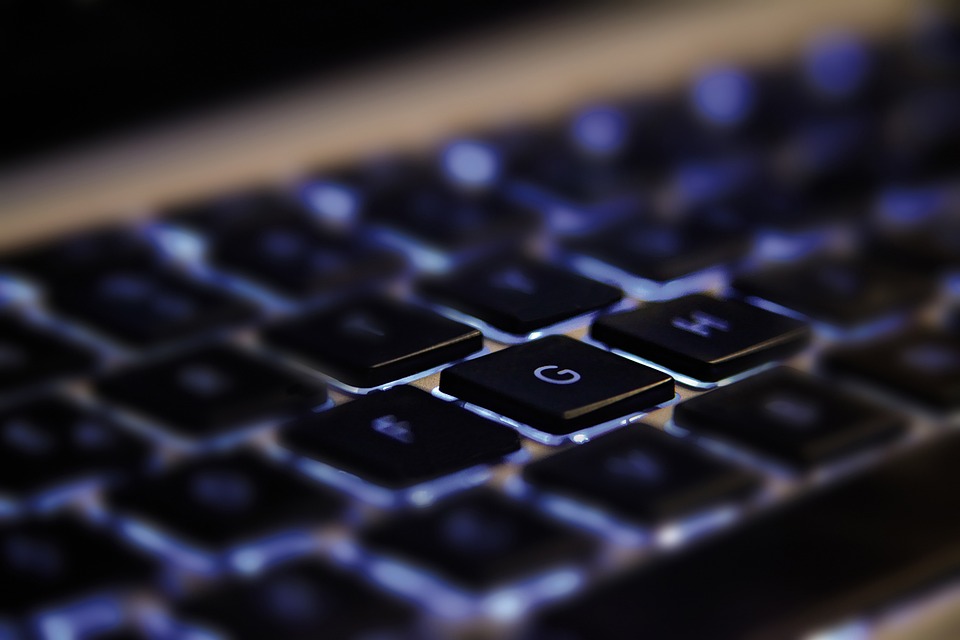The Dangers of Public Wi-Fi
Public Wi-Fi: a convenience we’ve all come to rely on, but at what cost? As we sip our lattes and scroll through our phones at our local coffee shop, we’re unknowingly putting our personal data at risk. In this article, we’ll delve into the dangers of public Wi-Fi and provide you with tips on how to stay safe online.
Introduction to Public Wi-Fi
Public Wi-Fi is a type of internet access that’s open to the general public, often provided by businesses, airports, and other establishments. For instance, when you connect to a public Wi-Fi network at a coffee shop or airport, you’re essentially sharing a network with dozens of strangers. As a result, your device and personal data become vulnerable to cyber threats.
Risks of Using Public Wi-Fi
The risks associated with public Wi-Fi are numerous. Here are a few key concerns:
- Man-in-the-Middle (MitM) attacks: Hackers can intercept your data, including login credentials and sensitive information.
- Malware: Public Wi-Fi networks can be infected with malware, which can spread to your device.
- Data sniffing: Hackers can use specialized software to intercept and read your data.
How Hackers Operate
In contrast to legitimate users, hackers use public Wi-Fi networks to their advantage. They can set up rogue access points, also known as "evil twin" networks, which mimic the legitimate network. As a result, unsuspecting users connect to the fake network, giving hackers access to their device and data.
Common Public Wi-Fi Threats
Some common threats associated with public Wi-Fi include:
- Unsecured networks: Public Wi-Fi networks often lack robust security measures, making them easy targets for hackers.
- Fake networks: Hackers can create fake networks that appear legitimate, tricking users into connecting.
- Infected devices: Public Wi-Fi networks can be infected with malware, which can spread to your device.
Staying Safe on Public Wi-Fi
Fortunately, there are steps you can take to stay safe on public Wi-Fi:
- Use a VPN: A Virtual Private Network (VPN) encrypts your data, protecting it from interception.
- Keep your device and software up-to-date: Ensure your operating system, browser, and apps are updated with the latest security patches.
- Use two-factor authentication: Add an extra layer of security to your accounts by using two-factor authentication.
For more tips on staying safe online, check out our article on cybersecurity best practices.
Additional Safety Measures
In addition to the above measures, consider the following:
- Use a public Wi-Fi network’s login page: If a public Wi-Fi network requires a login, use the provided login page to access the network.
- Avoid sensitive activities: Avoid accessing sensitive information, such as online banking or credit card accounts, on public Wi-Fi.
- Use a password manager: Use a password manager to generate and store unique, complex passwords.
As the Federal Trade Commission (FTC) recommends, "When using public Wi-Fi, send information only to websites that are fully encrypted… and keep your device’s operating system and browser up to date."
Conclusion
In conclusion, public Wi-Fi can be a convenient but hazardous way to access the internet. By understanding the risks and taking steps to protect yourself, you can enjoy the benefits of public Wi-Fi while staying safe online. Remember to use a VPN, keep your device and software up-to-date, and avoid sensitive activities on public Wi-Fi. For more information on staying safe online, visit our blog at ZaptoHub.com. Stay safe online, and happy browsing!
Summary: Protect yourself from public Wi-Fi risks with our expert tips and tricks. Learn how to stay safe online and avoid cyber threats.


